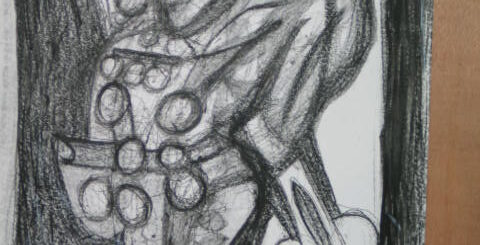Anisha Mukherji
Anisha Shekhar Mukherji, an architect with a specialization in conservation architecture, works selectively as a conservation consultant and architectural historian and an independent designer and researcher. An alumnus of the School of Planning and Architecture (S.P.A.) Delhi, she has worked on a range of architectural and conservation projects directed by her special interest in the research, teaching and application of history. Anisha’s post-graduate thesis at the De Montfort University, Leicester, U.K. as an Overseas Development Association (ODA) Scholar, proposed a view beyond conventional conservation methods, and instead advocated the novel concept of ‘Spatial Conservation’, which she later detailed extensively in her writings and public lectures. Her forte lies in researching and reading historical sites, and integrating approaches to crafts, spatial patterns, and building traditions. She has lectured on her areas of expertise, at institutions such as The India International Centre, Delhi, The United Services Institution, Delhi, The British Council, ATTIC, The University of Aberdeen, and CEPT University, Ahmadabad. She has also been teaching as Visiting Faculty at the Architecture Department, Industrial Design Department, and the Conservation Department at S.P.A. Delhi. Anisha believes that history is as much to do with the present as the past, and she has worked consistently to underline this in the projects she has been associated with, ranging from the formulation of city-development strategies for the walled city of Ahmadabad, to working out conservation philosophies and detailing out management plans for historic and complex building sites such as the Delhi Red Fort and the Jantar Mantar Observatory as consultant or advisor to institutions and organizations such as the Archaeological Survey of India, World Bank, The Doon School, and The Apeejay Park Hotels. While Anisha has contributed to various journals and magazines such as Marg and the USI Journal, she also works to draw focus on issues of design, history, education and architecture in the public domain. Her blog (http://anishashekhar.blogspot.in/) contains a variety of writings aimed at an audience beyond architects and designers, while the publishing house (http://ambiknowledgeresources.wordpress.com/) that she has set up along with fellow professionals and friends, seeks to produce books related to the physical environment and built heritage of the sub-continent. Key Publications: • The Red Fort of Shahjahanabad (Oxford University Press, 2003) • Contributor to Shahjahanabad, Tradition and Colonial Change (Manohar, 2003) • Jantar Mantar, Maharaja Sawai Jai Singh’s Observatory in Delhi, (Ambi, 2010) • Contributor to A Work of Beauty: The Architecture and Landscape of The Rashtrapati Bhavan (Publications Division, Government of India, IGNCA, 2016)












